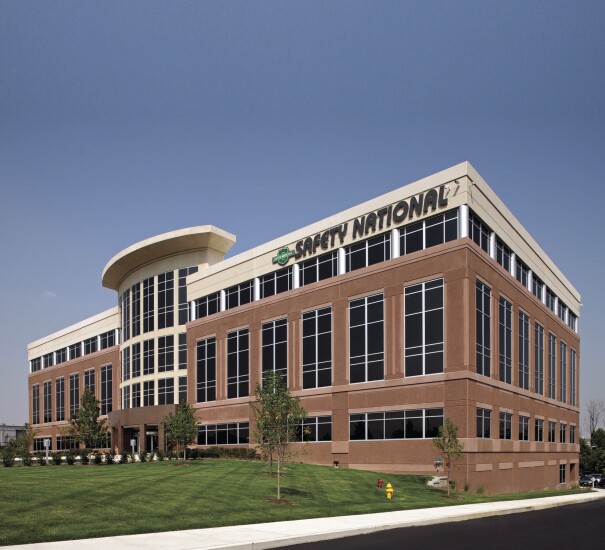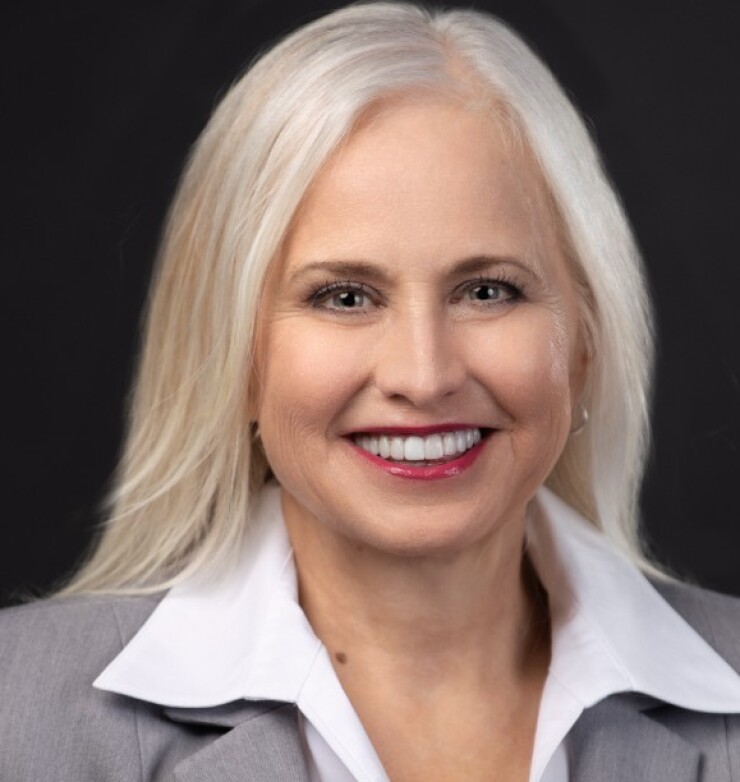Digital Insurance spoke with Cyndee Morton, chief operating and innovation officer, Safety National Casualty Corporation. Safety National, owned by Tokio Marine Holdings, specializes in excess workers' compensation for self-insured employers and groups. In addition, it provides risk solutions for large commercial enterprises and public entities, reinsurance for workers compensation, and other lines of business including construction risk and cyber risk.
Safety National finds tech solutions for workers comp coverage
October 24, 2022 6:30 AM

